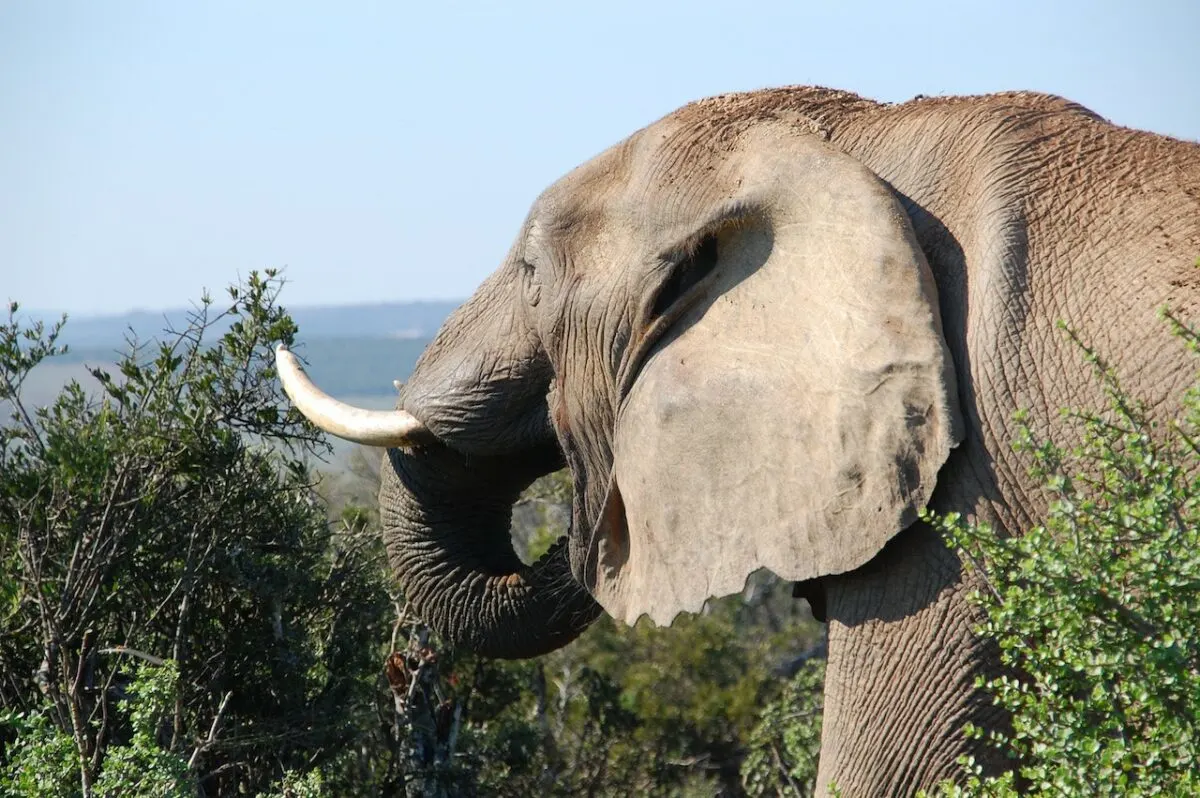African elephants and pygmy hippopotamuses are two fascinating animals that capture the attention and imagination of animal lovers worldwide. Both animals are well known throughout various communities of animal enthusiasts, especially regarding their physical characteristics, behavior, and importance.
Comparing these two animals can help us better understand their similarities and differences and appreciate their contributions to the natural world.
This blog post aims to compare African elephants and pygmy hippopotamuses comprehensively. We will explore their physical characteristics, habitat, diet, social behavior, reproduction, and threats to their survival.
Hopefully, by the time you’re done reading, you’ll have a deeper appreciation for these amazing animals and their place in our world.
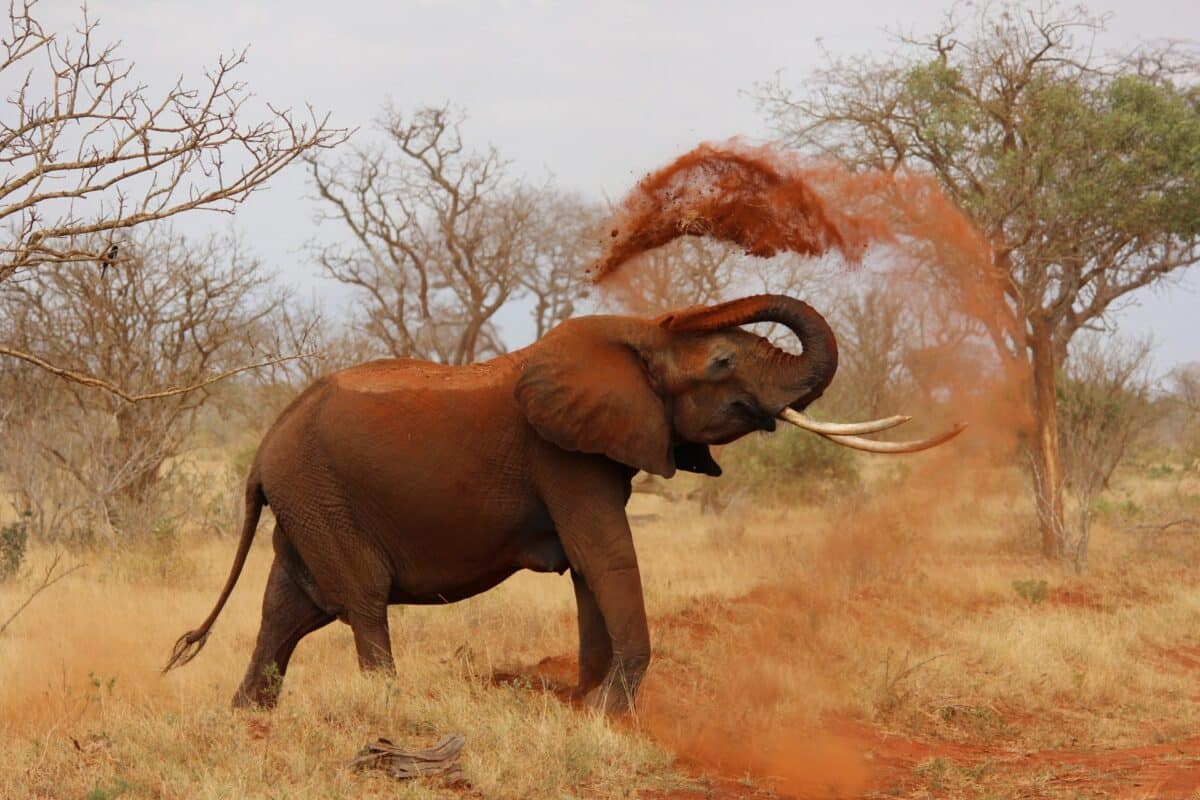
Want to jump ahead? Click below
Comparison Table
To help understand the differences and similarities between African elephants and pygmy hippopotamuses, the following comparison table has been created:
| African Elephant | Pygmy Hippopotamus | |
|---|---|---|
| Physical Characteristics | Largest land animal, gray skin, large ears, tusks, trunk | Smaller than the common hippopotamus, black or brown skin, webbed feet, pig-like face |
| Habitat and Range | Savannas, forests, and deserts across Africa | Rivers, streams, and swamps Can usually be found on the Ivory Coast, Guinea, Sierra Leone, and Liberia |
| Diet and Eating Habits | Herbivorous. Can eat around 300 lbs of vegetation per day | Herbivorous. Can eat similarly, around 300 lbs of vegetation daily |
| Social Behavior and Communication | Live in herds of up to 100 individuals, and communicate through vocalizations, body language, and infrasonic sounds. | Solitary animals Tend to live in small groups Talk to each other with vocalizations, scent marking, and body language |
| Reproduction and Lifespan | Poaching, habitat loss, and human-wildlife conflict are listed as vulnerable by the IUCN. | Females give birth every 2-3 years, have a 6-7 months gestation, and can live up to 30 years. |
| Threats and Conservation Status | PoachingHuman-wildlife conflictHabitat loss. Listed as vulnerable by the ICUN | Hunted for meatHabitat loss. Civil unrest. Listed as endangered by the ICUN |
This comparison table briefly overviews the key differences and similarities between African elephants and pygmy hippopotamuses.
Contrasting Two Animals: African Elephant vs. Pygmy Hippopotamus
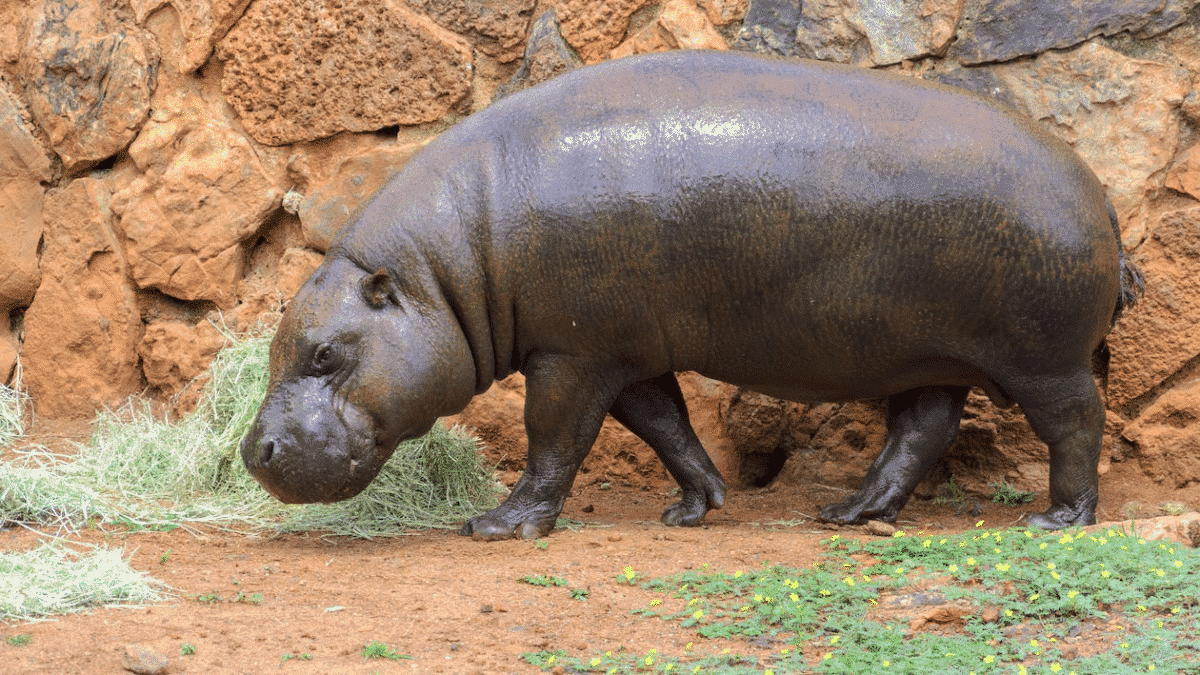
While African elephants and pygmy hippopotamuses share some similarities, the two animals have several key differences. These include:
Physical Differences:
A huge dissimilarity between these two animals is their size. African elephants are the largest land animal, weighing up to 14,000 pounds, while pygmy hippopotamuses are much smaller. Hippos weigh between 400 and 600 pounds.
In addition, elephants have large ears and tusks, while pygmy hippos have a more pig-like face and webbed feet.
Behavioral Differences:
African elephants are known for their social behavior, even living in over a hundred groups, communicating through vocalizations and body language. In contrast, pygmy hippos are solitary animals, although they may live in small groups and communicate primarily through vocalizations and scent marking.
Reproductive Differences:
Female African elephants give birth every 3-4 years after a gestation period of 22 months, while female pygmy hippos give birth every 2-3 years after 6-7 months. Additionally, male elephants may compete for mating opportunities, while pygmy hippos do not exhibit this behavior.
Habitat Differences:
Firstly, Elephants of this species have made homes across Africa, originating in physical landscapes with the availability of either Savannas, Forests, or Deserts.
In contrast, pygmy hippos are only found in rivers, streams, and swamps in Liberia, Guinea, Sierra Leone, and the Ivory Coast.
Diet Differences:
While both animals are herbivorous, African elephants consume up to 300 pounds of vegetation daily, including grasses, leaves, bark, and fruit. Pygmy hippos, on the other hand, mainly feed on leaves and fruit.
These differences between African elephants and pygmy hippopotamuses highlight the unique adaptations and behaviors that have evolved in each species to best survive in their respective environments.
Similarities Between The African Elephant and the Pygmy Hippopotamus
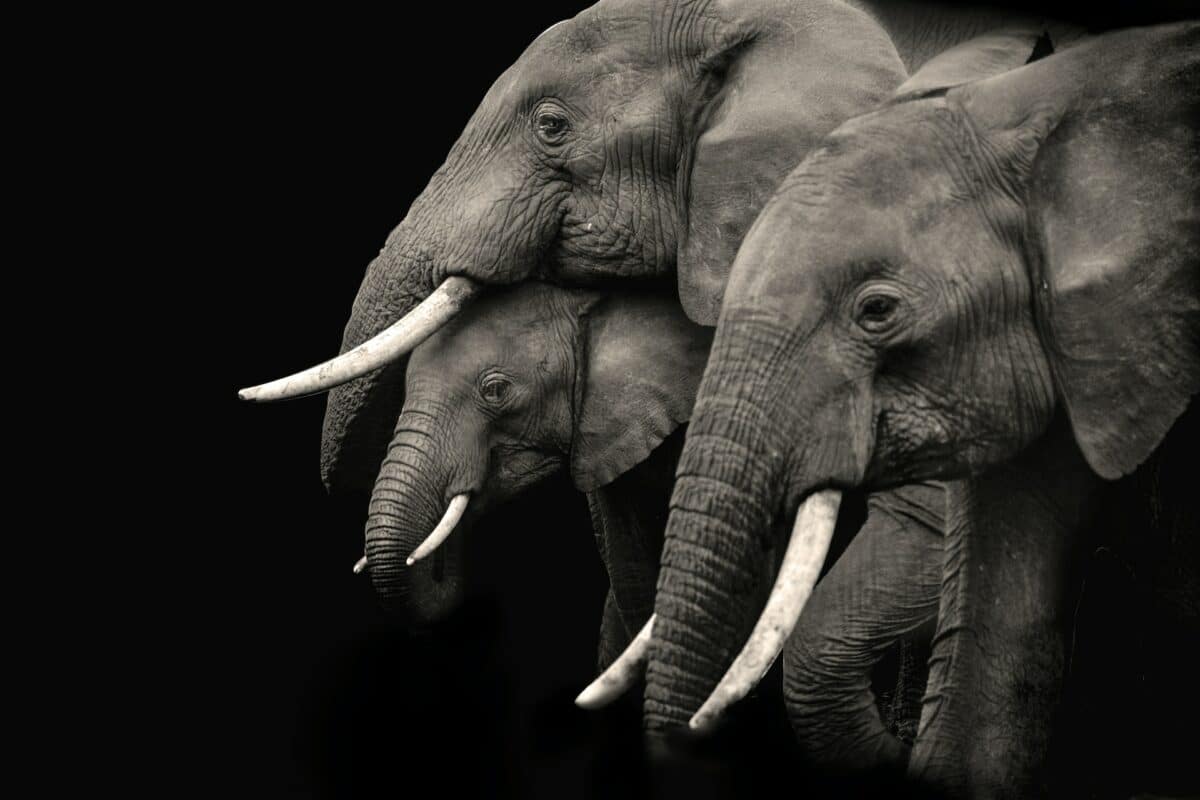
Despite their differences, African elephants and pygmy hippopotamuses also share several similarities, including:
Herbivorous Diet:
African elephants and pygmy hippos are herbivorous, consuming only plant material.
Communication:
Both species communicate through various modes, some of which we outline here.
African elephants use a range of sounds to convey messages and body language to display affection, aggression, or submission. Pygmy hippos use grunts, whistles, and snorts for vocalizations and rely on scent marking from special glands on their feet to communicate.
Despite their differences, both species use communication to interact with others and navigate their environments. Understanding their unique communication styles can deepen our appreciation for these amazing animals’ intelligence and social complexity.
Endangered Status:
Unfortunately, both African elephants and pygmy hippos are facing the risk of extinction due to various human-induced factors such as habitat loss, poaching, and human-wildlife conflicts.
These animals have been threatened for decades, and their populations continue to decline despite conservation efforts. Due to this, the elephant has been labeled as ‘Vulnerable’ by the ICUN and the Hippo as endangered, putting them both on the red list for animal protection.
Importance in Ecosystems:
Both species play essential roles in their respective ecosystems. African elephants are keystone species, meaning that they disproportionately affect the ecosystem compared to their abundance, as they help shape the landscape and maintain biodiversity.
Pygmy hippos also play a critical role in their habitat, helping to maintain the health of riverine and wetland ecosystems.
The above parallels inform us of the interlinked natures of varying species within specific ecosystems, which means we need to understand the importance of these animals in order to conserve biodiversity and ensure the planet’s healthy sustainability.
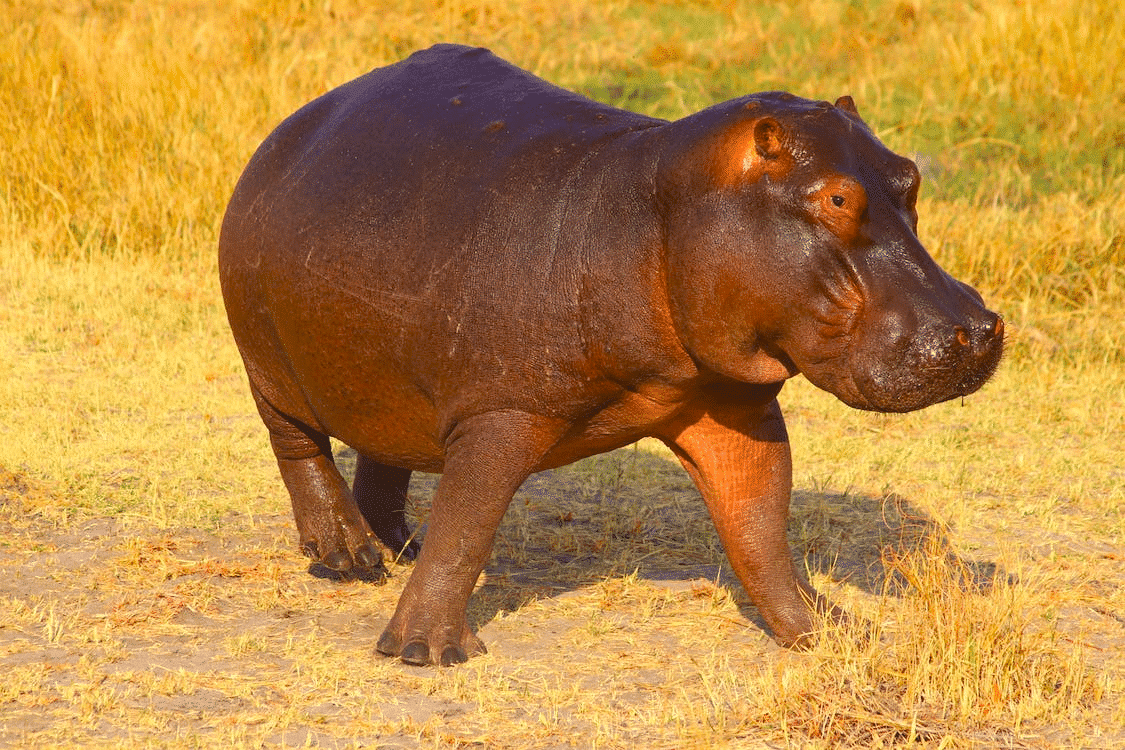
Interestingly, African elephants and pygmy hippos used to inhabit the island of Cyprus in the Mediterranean Sea. According to historical records, elephants were brought to Cyprus by invading armies in the 3rd century BCE. In contrast, pygmy hippos were brought to the island as gifts to wealthy individuals in the 20th century.
Today, African elephants and pygmy hippos can only be found in their respective habitats in Africa, where they face various threats to their survival. African elephants are noted on the IUCN Red List of Threatened Species s ‘vulnerable’, while pygmy hippos are listed as ‘endangered’.
Conservation efforts for both species include habitat protection, anti-poaching measures, and community engagement programs. If you’re interested in supporting conservation efforts for African elephants and pygmy hippos, consider donating to reputable organizations such as the World Wildlife Fund, the African Wildlife Foundation, or the Pygmy Hippopotamus Conservation Foundation.
Find out more about the Pygmy Hippo or the African Elephant, and don’t hesitate to explore fascinating histories and facts about them!
Wrapping Up with African Elephants vs. Pygmy Hippopotamus
In this article, we’ve explored the differences and similarities between African elephants and pygmy hippos. While they may seem very different initially, both species are fascinating and important for their respective ecosystems.
African elephants are the biggest land animals, while pygmy hippos are much smaller and adapted to life in the water. African elephants have long, curved tusks and distinctive trunks, while pygmy hippos have short legs and a rounded snout.
Even with these distinctions, there remain similarities – both animals are herbivores. Both have incredibly important positions within their specific ecosystems. And they can both very reliably communicate with their own species!
Unfortunately, it’s also true (and similar) that African elephants and pygmy hippos are both threatened by habitat loss, poaching, and other human-wildlife conflicts. By supporting conservation efforts for these amazing animals, we help them survive.
So next time you see a documentary about African elephants or pygmy hippos, or visit a zoo or wildlife sanctuary where these animals are cared for, take a moment to appreciate their uniqueness and learn more about how you can help protect them. Every small action makes a ripple, and many ripples together can create a wave that will rise to help preserve these incredible species for future generations to enjoy.
Thanks for following along with me! I hope you enjoyed reading about these two exciting animals. Next is African Elephant vs. Barasingha, vs. Wild Horse or Two Hippos Roaming The Residential Streets Of Richard’s Bay, South Africa.
Join our Forum for free today!

- Big Cats Love Mouthing Affection - July 22, 2024
- Kind Elephant Merciful To Lion Cubs - July 22, 2024
- Beachgoers Save Massive Shark Stranded In Florida - July 22, 2024

